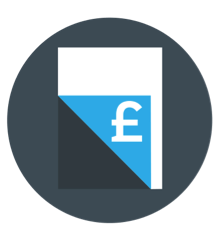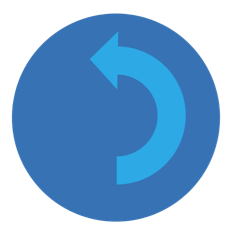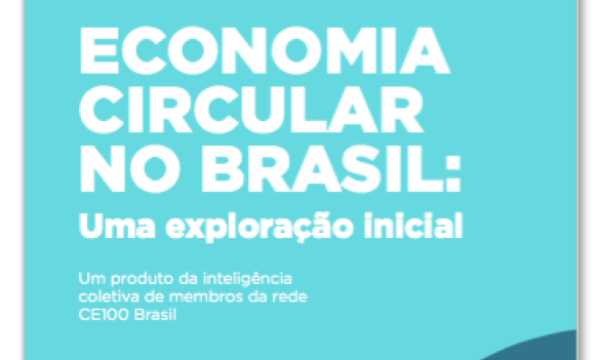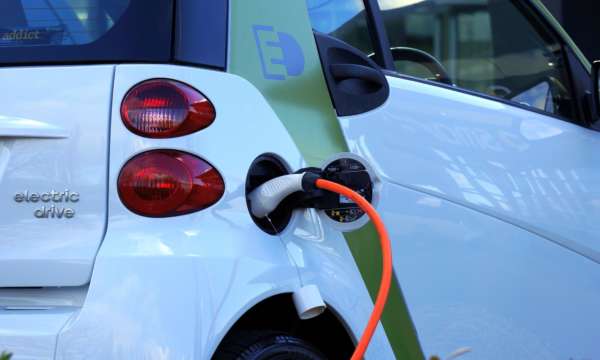Waste volumes reflect the curve of a rising middle-class
The boom in the demand for electronic and electrical equipment (EEE) in Brazil, largely driven by fiscal and credit incentives in recent decades, has led to a sector increasingly characterised as take, make and dispose, as evidenced by mounting electronic waste.
Two million tonnes of electronics were added to the Brazilian market in 2012 and 1.4 million tonnes of electronic waste was generated, equivalent to 7 kilograms per person. This makes Brazil the world's second largest producer of electronic waste behind the USA. Furthermore, only about 2% of this waste volume is reprocessed to be retained in the technical material cycle.
Identifying the business case
eStoks’ founders realised that an estimated 5% of products are returned to the manufacturer due to a flaw or imperfection after which they cannot be sold as new products, because of local regulation restrictions. These discarded items make up an untapped market worth GBP 1.9 billion (BRL 7.7), while also contributing to high losses and volumes of electronic waste in Brazil. So their idea was to intervene before equipment even becomes waste.
There are practical challenges however: the majority of IT manufacturers are concentrated in the centre-south of the country, yet a large share of the market demand is found in the northeast. So given Brazil’s continental dimensions, creating value from 'pre-consumer waste', defined as high value products that have a defect or even just damaged packaging, isn’t viable with a conventional reverse logistics model, in which the OEM is responsible for the recovery and repair of the item.
Keeping products at their highest value
eStoks addresses these issues by creating an approach to seize the untapped opportunity, while at the same time eliminating reverse logistics costs for the electronics brands.
With an operation located in the northeast city of Recife, eStoks collect products returned by local customers, replacing the original manufacturer as the default option. After evaluating the status and quality of the returned products, eStoks is able to define the best strategy to ensure their utility and value.
In volume terms, 50-55% of the recovered products are refurbished and 20-25% are repaired and re-sold. The remaining 10-15%, made up of the most damaged products, are dismantled into parts, their components used for other repairs within eStoks operations.
eStoks has its own retail stores called 'Verhe Outlet', that offer electronic products to a brand new customer segment at more affordable prices, thus opening up technology and high-quality home appliances to a lower-income demographic.
Future expansion
As the pioneers in this market, eStoks’ challenge is now to promote and implement their services to more brands, manufacturers and retailers from the electronic and electrical equipment sector.
In Brazil, only 0.4% of the GDP is derived from the second-hand market, against 3% in the US. The company is seeking to expand its know-how to increase reuse and refurbish rates in other sectors.
